Marvel’s Mutants Are Back On Top
DIRECTOR: BRYAN SINGER/2014
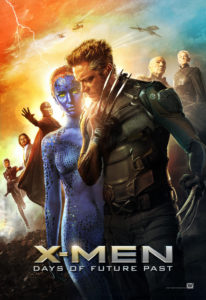 Much like Fox’s titular mutant superhero team, director Bryan Singer and the X-Men franchise are clearly much stronger together than apart. When they split from each other in 2006, they both floundered creatively in a pretty big way. The movies suffered from one sub-par sequel and one absolutely terrible prequel, and the filmmaker struck out three times with flop after flop, culminating in last year’s barely mediocre Jack the Giant Killer. But now that the band is back together, both Bryan Singer and the X-Men have risen like a Phoenix (see what I did there?) from the ashes. With the latest installment, Days of Future Past, being Singer’s long-awaited return to the director’s chair, the X-Men franchise is as creatively strong as it ever was from the beginning. Singer has essentially been able to make his version of X-Men 3. He’s brought back many of the hallmarks of the original trilogy. Most of his original cast, returns, including Sir Patrick Stewart as Professor Charles Xavier. For the first time since X-Men: The Last Stand, Stewart gives the opening narration that leads into an actual full credits sequence, which is quite refreshing to see in this day and age. Singer has also brought back editor/composer John Ottman, whose original X-Men theme music makes a welcome return.
Much like Fox’s titular mutant superhero team, director Bryan Singer and the X-Men franchise are clearly much stronger together than apart. When they split from each other in 2006, they both floundered creatively in a pretty big way. The movies suffered from one sub-par sequel and one absolutely terrible prequel, and the filmmaker struck out three times with flop after flop, culminating in last year’s barely mediocre Jack the Giant Killer. But now that the band is back together, both Bryan Singer and the X-Men have risen like a Phoenix (see what I did there?) from the ashes. With the latest installment, Days of Future Past, being Singer’s long-awaited return to the director’s chair, the X-Men franchise is as creatively strong as it ever was from the beginning. Singer has essentially been able to make his version of X-Men 3. He’s brought back many of the hallmarks of the original trilogy. Most of his original cast, returns, including Sir Patrick Stewart as Professor Charles Xavier. For the first time since X-Men: The Last Stand, Stewart gives the opening narration that leads into an actual full credits sequence, which is quite refreshing to see in this day and age. Singer has also brought back editor/composer John Ottman, whose original X-Men theme music makes a welcome return.
Like the earlier films, Days of Future Past opens in the not-too-distant-future. But thanks to the rise of the sentinels, that future is now a desolate, apocalyptic wasteland. These terrifying robots have hunted down mutants and humans alike, either killing them or herding them into futuristic concentration camps (a fascinating parallel to the opening scene of Singer’s first X-Men). The few mutants left alive have banded together to fight a losing battle against these frightening biomechanical creatures, who travel en massive in massive, coffin-shaped ships. The sentinels are basically super-terminators (they’d make mincemeat of anything Skynet could possibly throw their way), able to adapt to whatever mutant power is used against them. This makes the sentinels, for all practical purposes, essentially invulnerable. The only way our heroes have been able to stay alive for as long as they have is thanks to Kitty Pryde, AKA Shadowcat (Ellen Page), whose mutant abilities include the power to send another’s consciousness back in time into their earlier body. This allows the few X-Men who are still breathing to stay one step ahead of the sentinels.
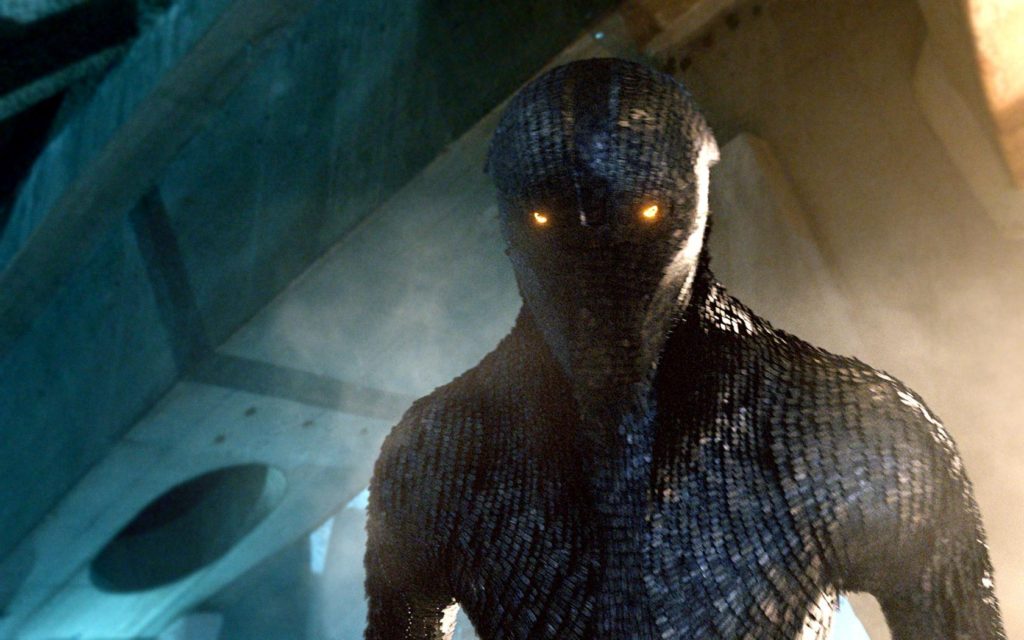
But now, Professor X and Magneto (Sir Ian McKellen) have come up with a new plan—they will use Kitty’s time traveling ability to change history, averting the dystopian nightmare they now find themselves living in. Because of his near-immortality and healing factor, the mind of Wolverine (Hugh Jackman) will be sent back in time roughly fifty years to 1973. Inhabiting the body of his younger self, he must then recruit the younger versions of Charles Xavier (James McAvoy) and Erik Lehnsherr (Michael Fassbender) on a mission to save the future.
With Days of Future Past, Bryan Singer has, in effect, erased the sins of the inferior X-Men movies from the late 2000’s, while laying the groundwork for even grander adventures to come. That’s saying something, as this is easily the grandest X-Men adventure to ever be committed to film. Singer has made a time-spanning, globe-trotting epic that significantly raises the stakes of the X-Men universe; both on a personal and a planetary scale. Not only does DoFP feature set-pieces bigger and more elaborate than any previous X-Men movie, but also moments of real dramatic import that are on par with anything seen in the series thus far. Both the future of mankind and the souls of some of our favourite X-Men characters are on the brink. In DoFP, they face some of their greatest personal challenges yet, along with difficult decisions that could change things forever—in both historical and personal terms.
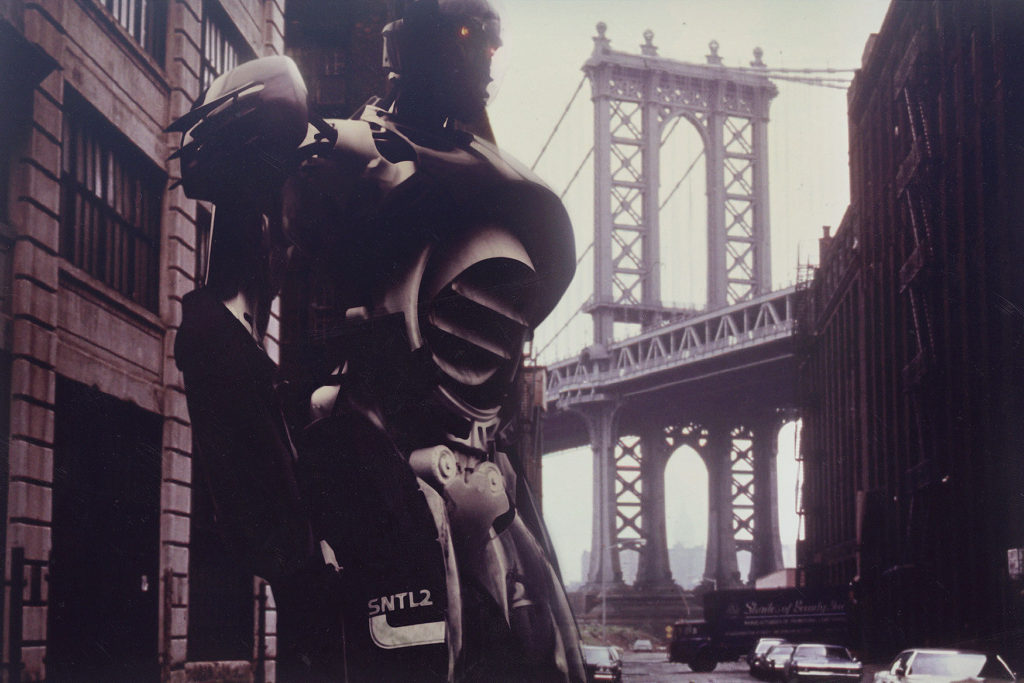
The conflict between destiny and free will is a central theme of this film, which utilizes time-travel on a scale heretofore unrealized in the superhero genre. Despite the viral marketing which presented an alternate version of Earth’s history, the filmmakers have played their actual cards pretty close to their chest, and I initially had concerns that it wasn’t going to make any sense. Time travel is a difficult trope to pull off well, and it’s really easy to wreck your whole plot with gaping logic gaps. But having seen the film, I’m now happy to say that for the most part, everything lines up and makes sense here. Even better, this plot device gives Bryan Singer the chance to fine-tune his X-Men universe and correct some of the minor continuity errors that popped up in previous films, long before studios had begun to plan these franchise out ahead of time.[1] The only real unanswered question is how Wolverine got his adamantium claws back after the Silver Samurai cut them off in last year’s The Wolverine, but that’s explained easily enough—I’m sure Magneto probably just made him some new ones.
But while the time travel may make sense, it’s far from easy, and that’s a good thing for the story. In order for Logan to remain in the past long enough to complete his mission, Kitty must constantly maintain the connection with Logan’s mind. If that connection is broken, he will snap back to the future, and all will be for naught. This plot device introduces a ticking clock element that lends the film a sense of urgency. Not only is our heroes’ time limited in the past (they have to stop an assassination), but in the future as well, where the X-Men are now more vulnerable than ever to the unrelenting pursuit of the sentinels, who somehow always manage to find them wherever they may hide. When we first meet them in our opening battle, it’s in one of the best set pieces to feature multiple superheroes that I’ve seen in any comic book movie to date—including last year’s The Avengers. Multiple sentinels face off against returning X-Men Shadowcat, Colossus (Daniel Cudmore) and Iceman (Shawn Ashmore), along with new mutants Warpath (Booboo Stewart), Blink (Fan Bingbing), Bishop (Omar Sy), and Sunspot (Adan Canto). It’s a breathtaking action sequences that features all of the heroes using their powers in inspired and creative ways. What’s really amazing is the way they coordinate their attacks in real-time strategy. The breakout star of this scene is definitely Blink, who has the ability to create portals, which she uses against the sentinels in a way that’s simply mind-bogglingly awesome. This scene must have taken forever to storyboard, and is the best reason to see the movie in 3D—the added dimensionality really brings the multiple portals opening and closing on screen to life in a way that I can’t imagine is the same in 2D.
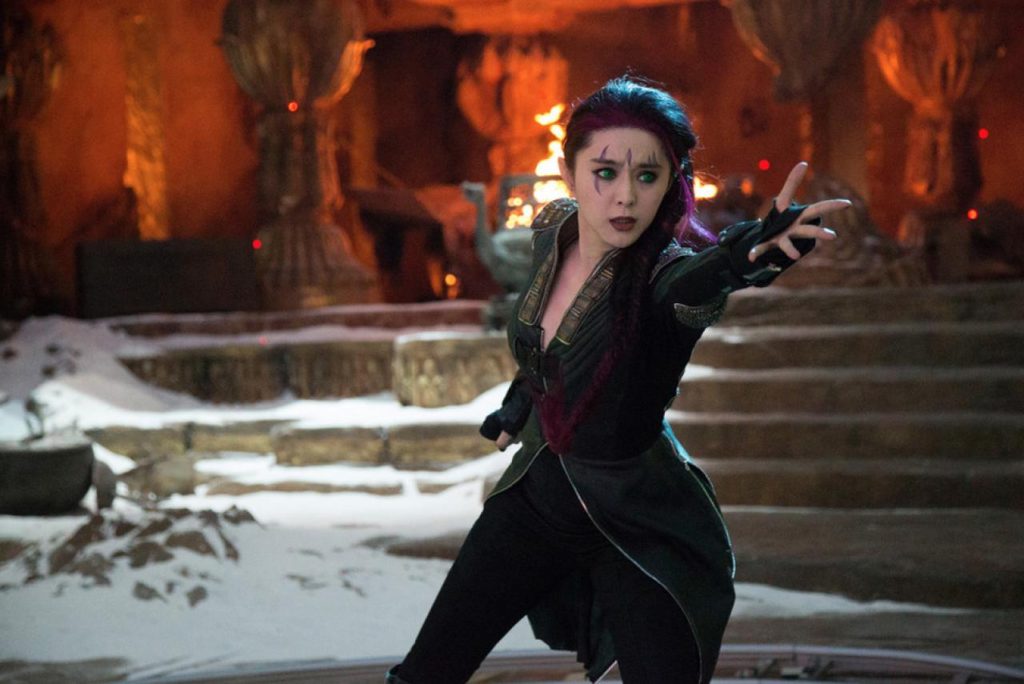
Blink (Fan Bingbing) opens a portal
The other killer set piece of the movie involves another new character, this time in the 1973 timeframe. This is Peter Maximoff (Evan Peters), known in the comics as Quicksilver. Despite that goofy-looking Empire magazine cover (not to mention those dopey and asinine Hardee’s/Carl’s Jr. Commercials), once you see Peters bring this character to life you’ll quickly fall in love with him. He’s got a hyperactive energy that’s insanely charming and likeable, and he’s the kind of funny, carefree comic-book character who takes real joy in his powers (this is something Warner Brothers could really stand to learn). Maximoff is instrumental in an amazing prison break sequence that will likely go down in history as one of the most memorable scenes from a superhero movie. The audience literally broke out in applause afterwards. I have to say—Joss Whedon has got his work cut out for him in next year’s Avengers: Age of Ultron, if his version of Quicksilver (Aaron Taylor-Johnson) is going to be able to live up to Bryan Singer’s version.
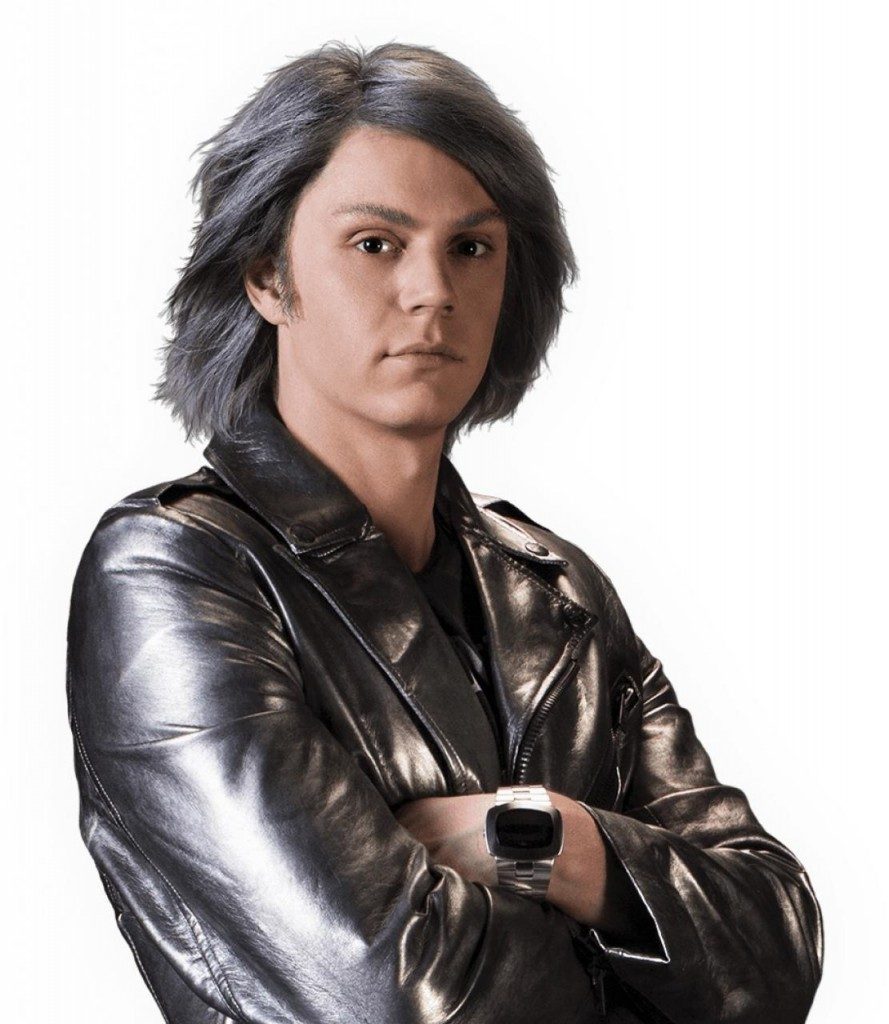
Evan Peters as Quicksilver
The only downside to this is that none of the returning characters get anything as cool to do as the newbies. But on the other hand, it’s Erik, Charles, and Raven (Jennifer Lawrence) who get all the best dramatic moments, so I suppose it all works out. It’s just a little odd how Bryan Singer brought nearly his entire original cast back with him to play the future versions of the X-Men—and yet, with the exception of Iceman and Colossus, all the good action beats to go the new guys.
This dynamic affects Wolverine the most. Though the movie is still very much an ensemble piece, Logan is basically the main character and protagonist of this film. But his role in DoFP requires him to hang up the berserker claws[2] and instead become a mentor figure to a young Charles Xavier who’s lost his way. It’s actually a really fascinating role-reversal from the first movie, and fertile ground for dramatic storytelling. When we meet the younger Charles Xavier in ’73, he’s a shadow of his former self. The suffering he’s endured has driven him into the depths of his mansion like Miss Havisham, giving up on the world around him and losing himself to a metaphorical drug addiction. In a cast full of Oscar-nominated and Oscar-winning actors, James McAvoy shines the brightest as a great man who has hit rock bottom. When he’s reunited with Erik, whom he blames for taking everything away from him, the screen erupts with the dramatic fireworks that these two great thespians set off. There’s one scene in particular between these two old friends turned enemies that may be the most dramatically powerful moment in the series to date. But as great as McAvoy and Fassbender are, Jennifer Lawrence is by no means lost in the shuffle, bringing more depth and pathos to Mystique than ever before, and reminding us once again why we love her so much. There is so much riding on her actions in this movie, both narratively in terms of plot and dramatically in terms of character—in a giant blockbuster superhero movie, it’s wonderful to see how much hinges on a simple moral choice between right and wrong.
With Days of Future Past, the X-Men are back on top again. This is a movie with a grand, unified vision which it unequivocally delivers on, and I can’t wait to see what’s next (stick around after the credits for a teaser of things to come).
[1] For some odd reason, though, Singer creates a brand new continuity problem by introducing a new version of Toad in 1973, which utilizes a completely different design than the Ray Park version from the first movie. I have no idea why Toad is even in this film, as he’s really only in one scene, and doesn’t contribute much to the movie. Maybe Singer plans to use him more in the next one?
[2] We barely get to see Logan stab or slash anything, which is probably a first in an X-Men movie. He gets to beat on a few toughs in 1973, but that’s about it. The apocalyptic future version of Wolverine doesn’t get a single action beat—he just smokes his cigar and lies on a table so that Kitty can send his mind back to the past. At the same time, though, the end of this movie definitely sets up the third (and most likely final) Wolverine movie quite nicely.

